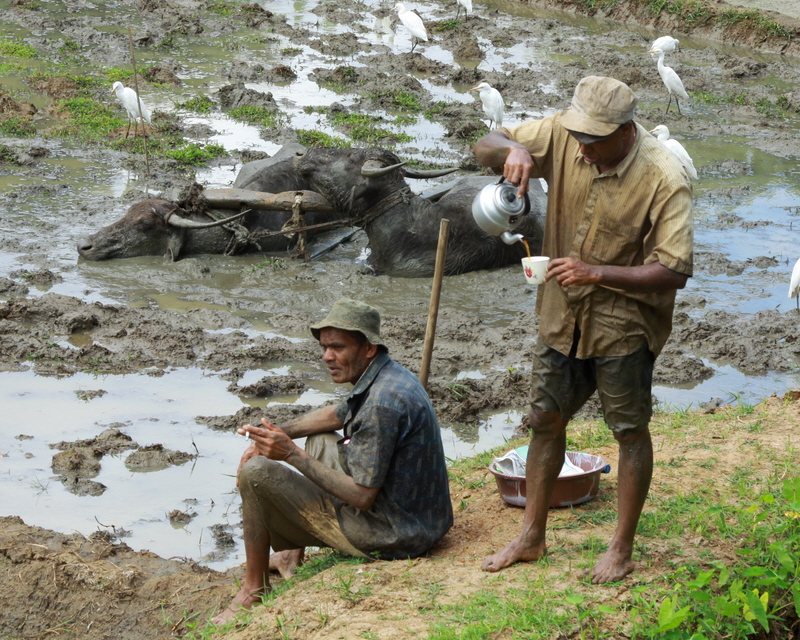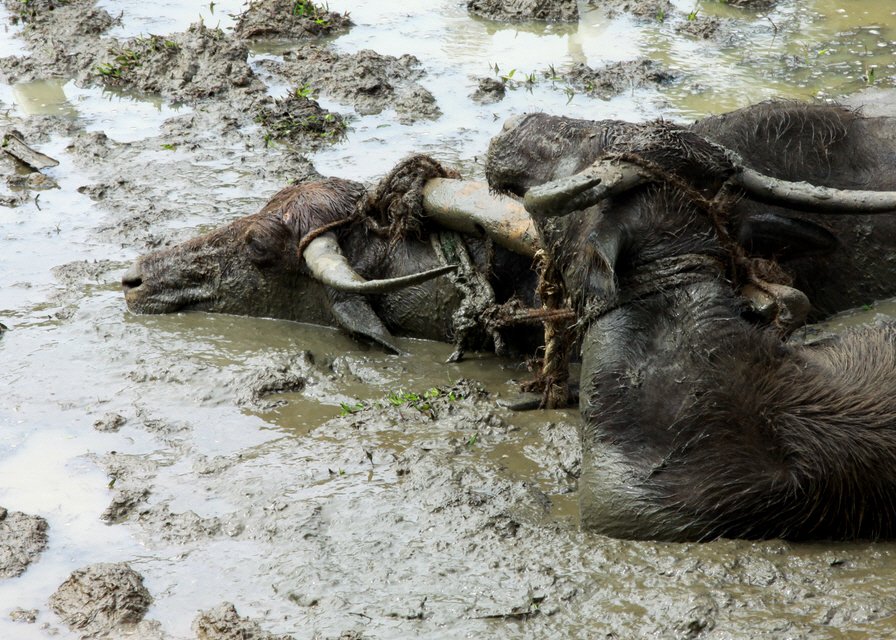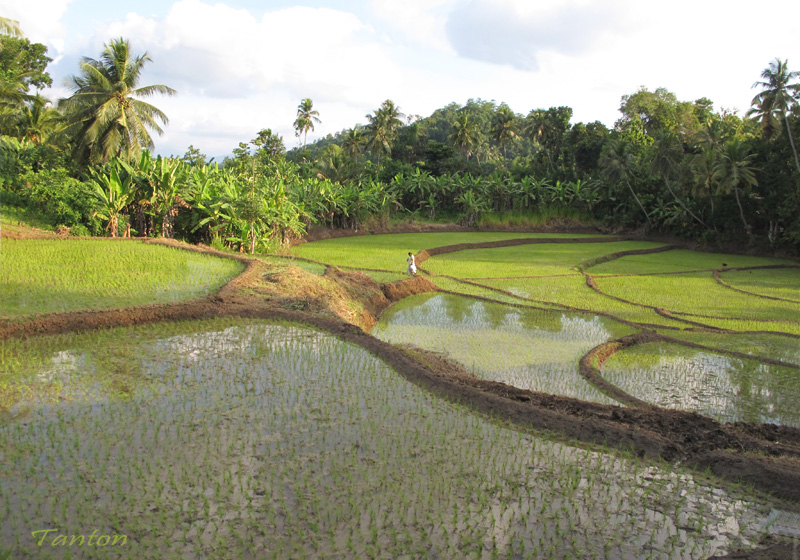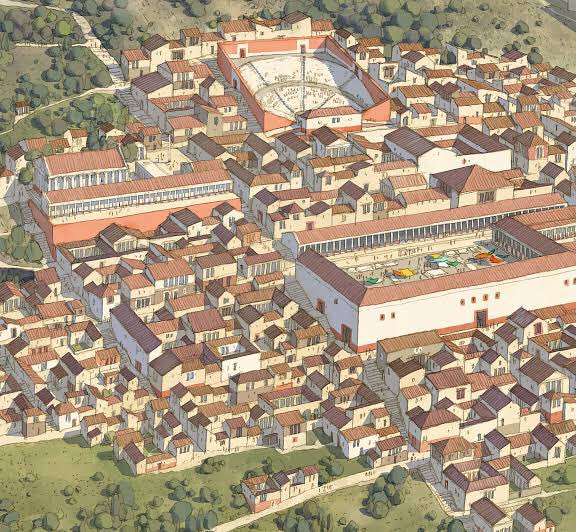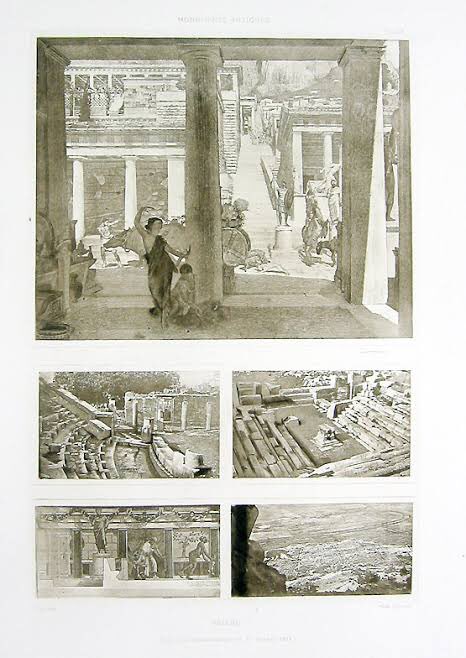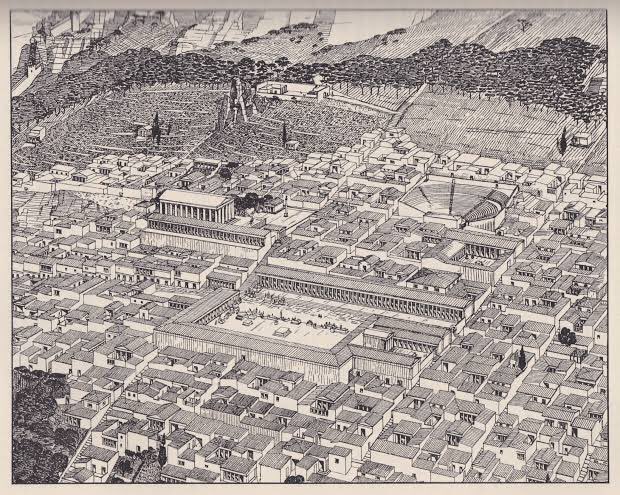
In a 2009 study Luis Balula asked about 800 residents of Évora, Portugal, “How appropriate is this image for the future of Évora?”, or in other words, what do people want? Each image was scored +10 to -10 (best to worst). The results were telling. Residential streets first. 

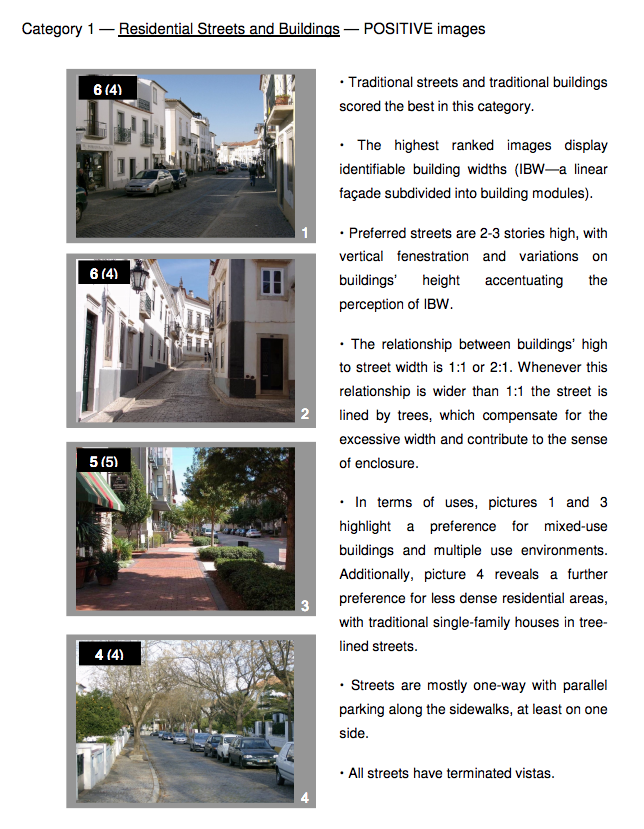
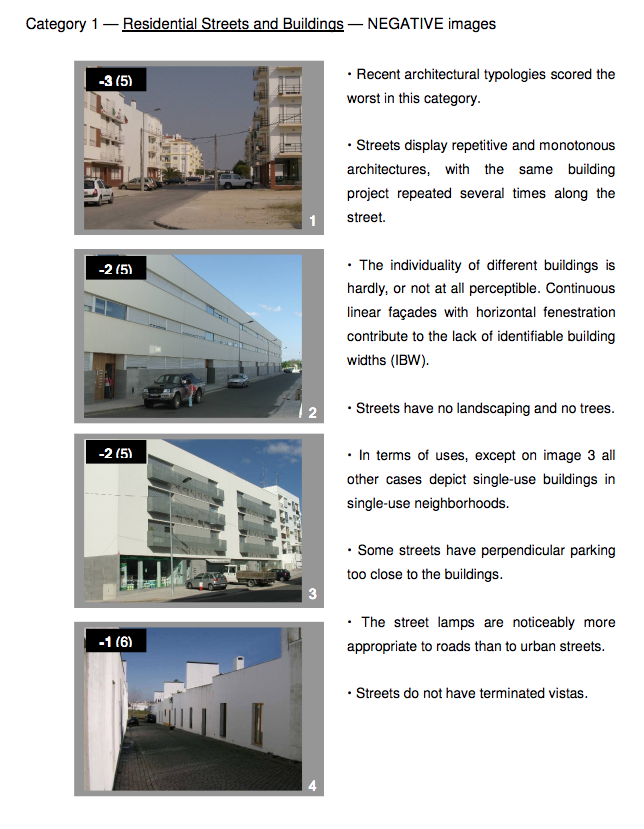
Then commercial streets and buildings. Same patterns, lively, walkable, decorated, traditional, human scaled, distributed ownership over car oriented, faceless, chain stores. 

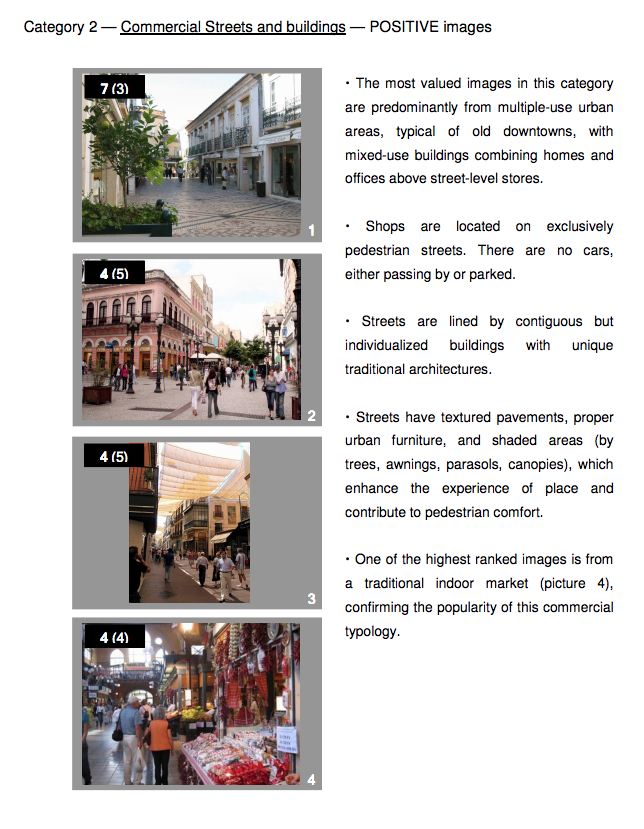
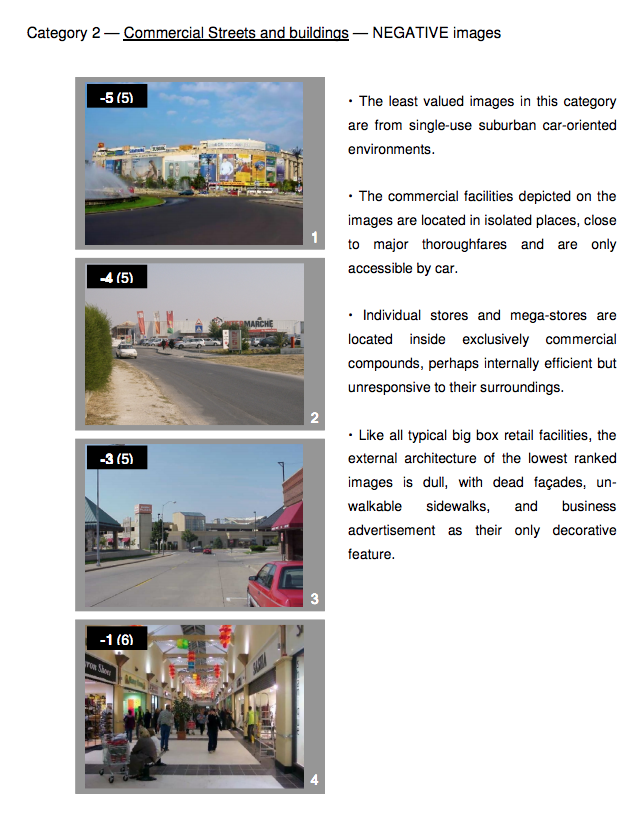
The pattern is the same for office buildings and streets. Walkable, accessible, etc. No one wants the office park in the middle of nowhere only accessible by vehicle. But here people are less offended by modern buildings. 

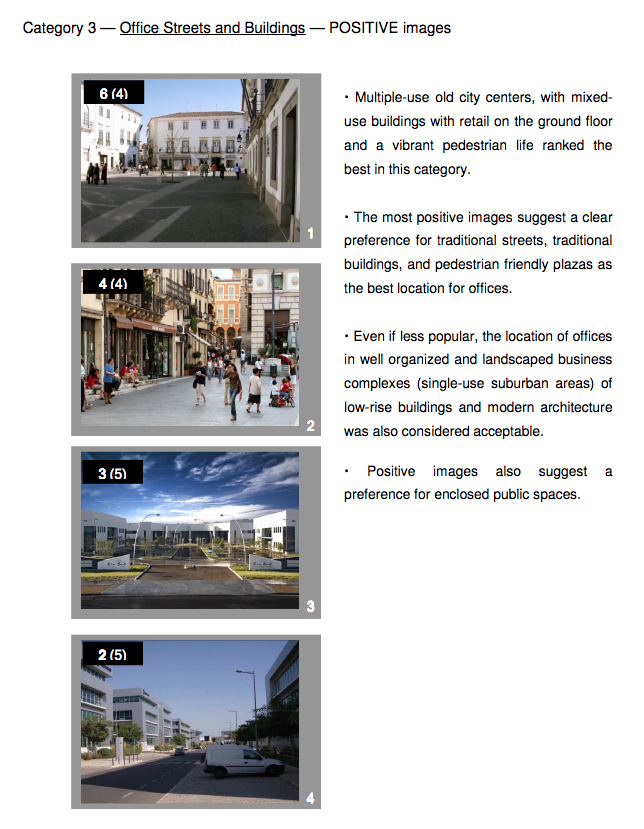
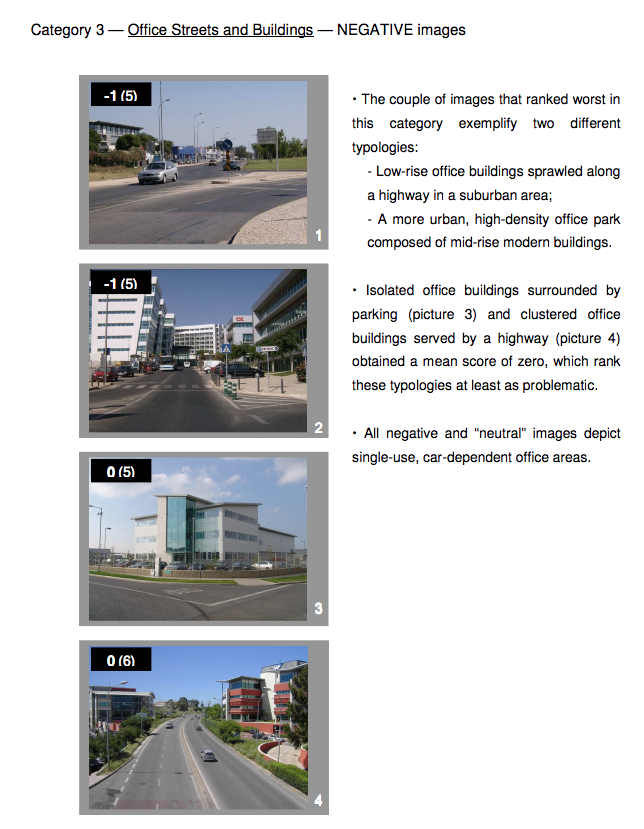
For parks and greenery, nothing got a negative reaction, but people preferred accessible and urbane, clearly human parks and squares (band stands, kiosks!) over relatively inaccessible modern landscaping and golf courses (don't step on the grass). 



For public spaces and meeting spaces, the result was clear: traditional human scaled architecture in enclosed spaces won over shopping malls, the virtual, modernist, concrete etc. 



When it came to architectural styles, again the human scaled, the traditional, the local, the classical and the vernacular won over modernist, the international. 


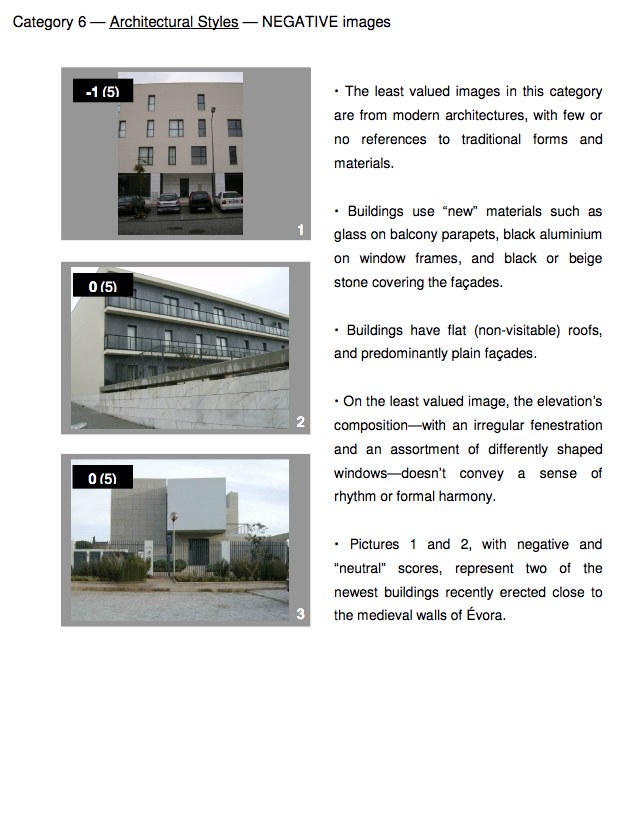
People clearly really value security, in any form, but the winner by far here were traditional, uniformed, official, public, human, over private firms, remote/distant, or the only completely negative image; no security at all. 



Last, regarding the cycles of urban activity, depicting either a city that is alive both day and night, or one that is deserted at night, the result was very clear: people want life. 
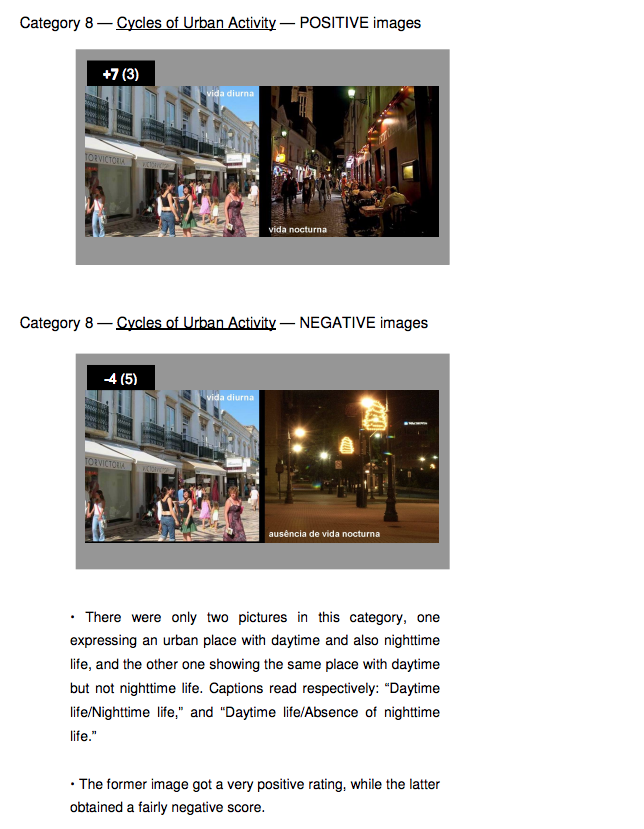
So what do people want? They want human scaled, walkable, integrated cities, buzzing with activity and options, well policed.
But what do people get? The complete opposite: car dominated, zoned, with no sense of security, and either dead during day time or deserted at night.
But what do people get? The complete opposite: car dominated, zoned, with no sense of security, and either dead during day time or deserted at night.
• • •
Missing some Tweet in this thread? You can try to
force a refresh


